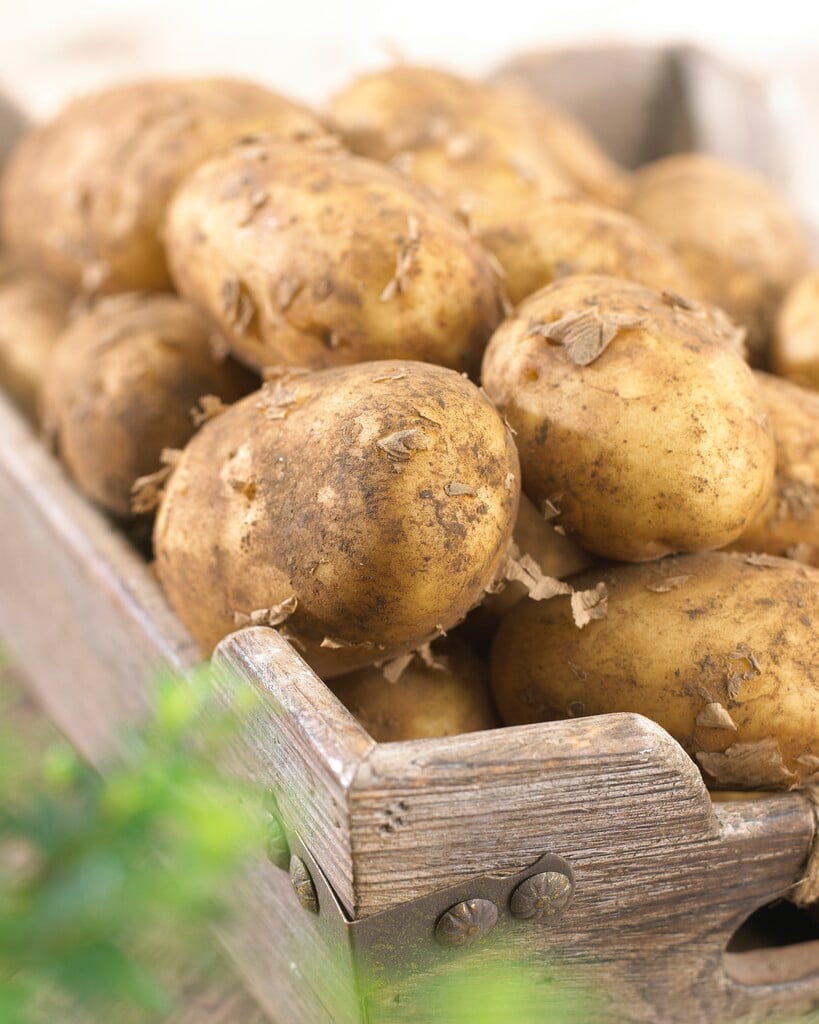Size
Ultimate height
0.5–1 metresTime to ultimate height
1 yearUltimate spread
0.5–1 metresGrowing conditions
Moisture
Moist but well–drainedpH
Acid, Alkaline, NeutralColour & scent
| Stem | Flower | Foliage | Fruit | |
| Spring | Green | |||
|---|---|---|---|---|
| Summer | Purple | Green | ||
| Autumn | ||||
| Winter |
Position
- Full sun
Aspect
South–facing or West–facing
Exposure
Exposed or Sheltered Hardiness
H2Botanical details
- Family
- Solanaceae
- Native to GB / Ireland
- No
- Foliage
- Deciduous
- Habit
- Bushy
- Potentially harmful
- Harmful if eaten, except potato crop. Wear gloves and other protective equipment when handling. Pets (dogs): Harmful if eaten, except potato crop - for further information and contact numbers regarding pets, see the HTA guide to potentially harmful plants
- Genus
Solanum can be annuals, perennials, evergreen or deciduous shrubs or twining climbers, with simple or pinnnately lobed leaves and star- or bowl-shaped, 5-lobed flowers with prominent stamens, followed by fleshy fruits
- Name status
Accepted
How to grow
Cultivation
Grow in a sunny site away from frost pockets, in deep soil with plenty of organic matter. Earth up as the stems grow to exclude light. Keep watered in dry weather. See the RHS A-Z guide to vegetable cultivation for more detailed advice
Propagation
Grow from certified seed potatoes, chitted and planted in situ from April onwards
Suggested planting locations and garden types
Pruning
No pruning required
Pests
May be susceptible to flea beetles and potato cyst nematodes
Diseases
May be susceptible to honey fungus (rarely), potato blight, potato blackleg, potato scab, potato rot and virus diseases
Get involved
The Royal Horticultural Society is the UK’s leading gardening charity. We aim to enrich everyone’s life through plants, and make the UK a greener and more beautiful place.
